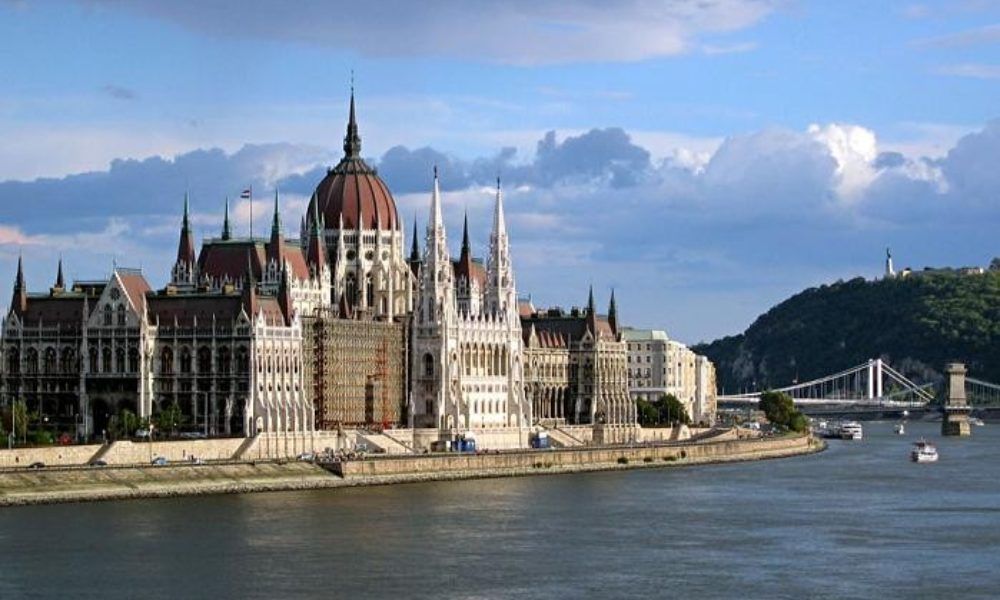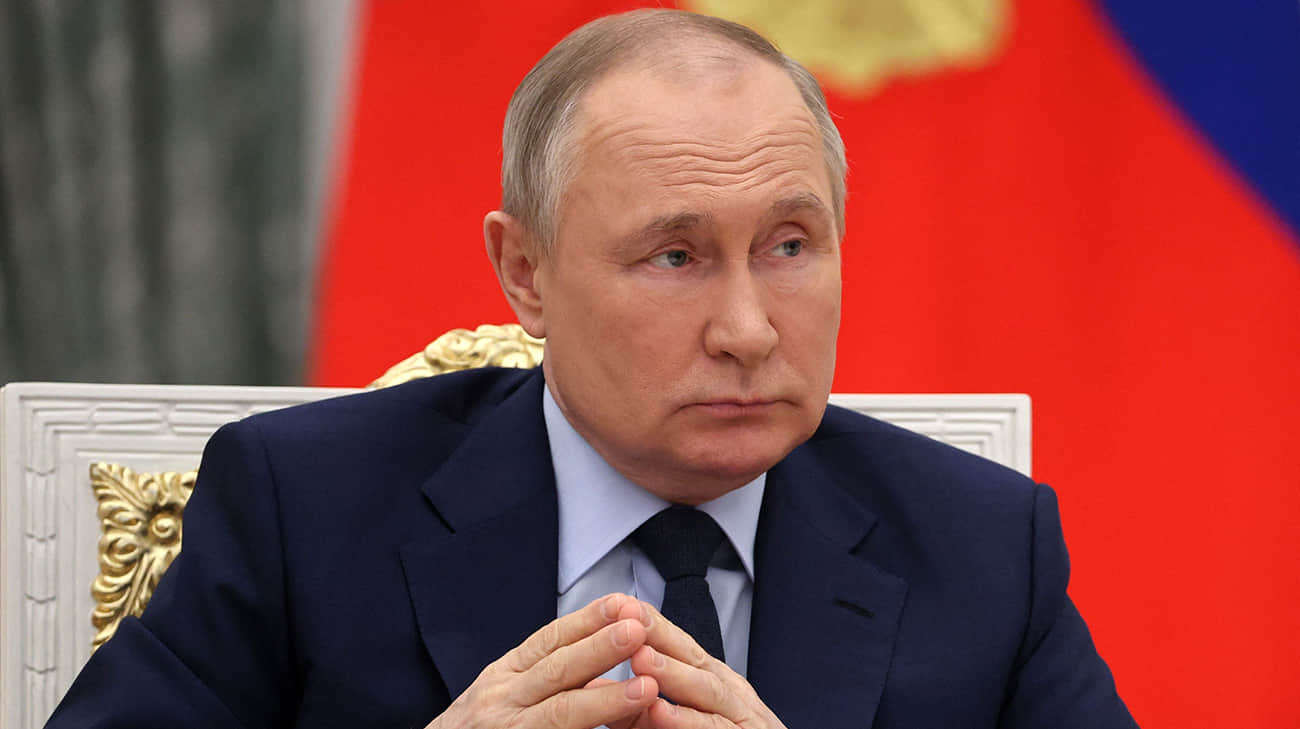Corvin Castle awaits its visitors

The repair works at the bridge- with a length of 60 meters, located on four stone pillars- passing over the Cerna river that connects the locality and the castle.
At the same time, the representatives of the administration of the Corvin Castle of Hunedoara also announces the transition to the summer program, so that the historical monument can be visited by tourists daily, between 9:00 and 20:00, except for Monday when public access is allowed between 12:00 and 20:00.
« The visiting circuit includes the Corvin Castle, the Breslelor House and the Archeology Exhibition, the last two objectives being located in the Husarilor Court, » informs the Castle Corvin Castle Museum.
To arouse your curiosity we present one of the many exhibits that can be seen visiting the castle. Fresco on the Matia loggia.
(Photo: fresco on Matia Fresca loggia)
«The fresco painting on the floor of the Nordic wing (Matia wing) dates from the second half of the fifteenth century and is the only painting of this kind, with a secular character in the Transylvanian space. It depicts the story of the acquisition of the coat of arms of the Huniazilor family by Ioan de Hunedoara being composed of four scenes, arranged on the wall with windows, above and between the three semicircular openings.
The first scene, from the right to the left, presents two human figures, one of a very poorly preserved man, who has the right hand raised in a call position and a feminine figure that represents a little girl who has in the right hand an apple on top, has the look to the man, this scene suggesting the moment when the two of them know,
On the column that separates the first two openings you can see with weight a silhouette that can be a human one. The second scene depicts the same two characters, the man holding a ring in his right hand, and his left hand on his heart. As for the female silhouette, it is now more mature, not having the gaze to the man and holding his left hand. This is considered the moment when the man swears to the woman faith with her hand on her heart, giving her a diamond ring at the same time, having a refusal gesture.
On the second column, there is represented a raven that shines in the pliscle a band that probably wore an inscription.
The two characters also appear in the third quadrant, the man having this time the head discovered, with both hands pointing to the woman, rejecting the rejection, and the woman is pregnant, as suggested by the fact that she carries a leaf, and in her left hand, a big link, which is to be placed.
The column that separates the last two fresco quadrants, carries on its inner surface the face of a child who carries in his hand an apple identical to the one worn by the female character in the first quadrant and looks with his finger to the male character in the last quadrant, indicating him as a successor of the other man, which is considered to be Luxemburg. Above the head of this character is a band that is considered to be written « Johannes ».
The last quadrant presents a hunting scene of wild boars, where a male character appears that wears a hunting spear, a character who is identified with Matia Corvin.
On the wall of the Golden Chamber Loggie there is another fresco that represented a series of blazons of some great dignitaries of the Hungarian kingdom (Hededvári, Garai, Forgach, Csáky, Bánffy-Losonczi, Alsó-Lendvai-Bánffy, Corvin, Széchy), along with the coat of arms of the kingdom and other representations Crown, golden cross on a blue background, three golden horseshoe on a blue background, 2 unknown). The painting was completely destroyed at the end of the 19th century and the beginning of the 20th century, when the painting layer on the very degraded brick support was tried.
Photos published in the book of Moller Istvan « A Vajda-Hunyadi Vár épitesi Korai », Budapest 1913, volume in the collection of the Museum of Archeology, History and Ethnography in Hunedoara. « , We find written on the presentation site of the museum.
The living legend of Transylvania, considered the largest medieval monument in southeast Europe, the castle where Vlad Țepeș was imprisoned, inspiration for an even more famous character, Dracula, Corvin Castle, is waiting for you!
Photos on the Museum’s Facebook page.








